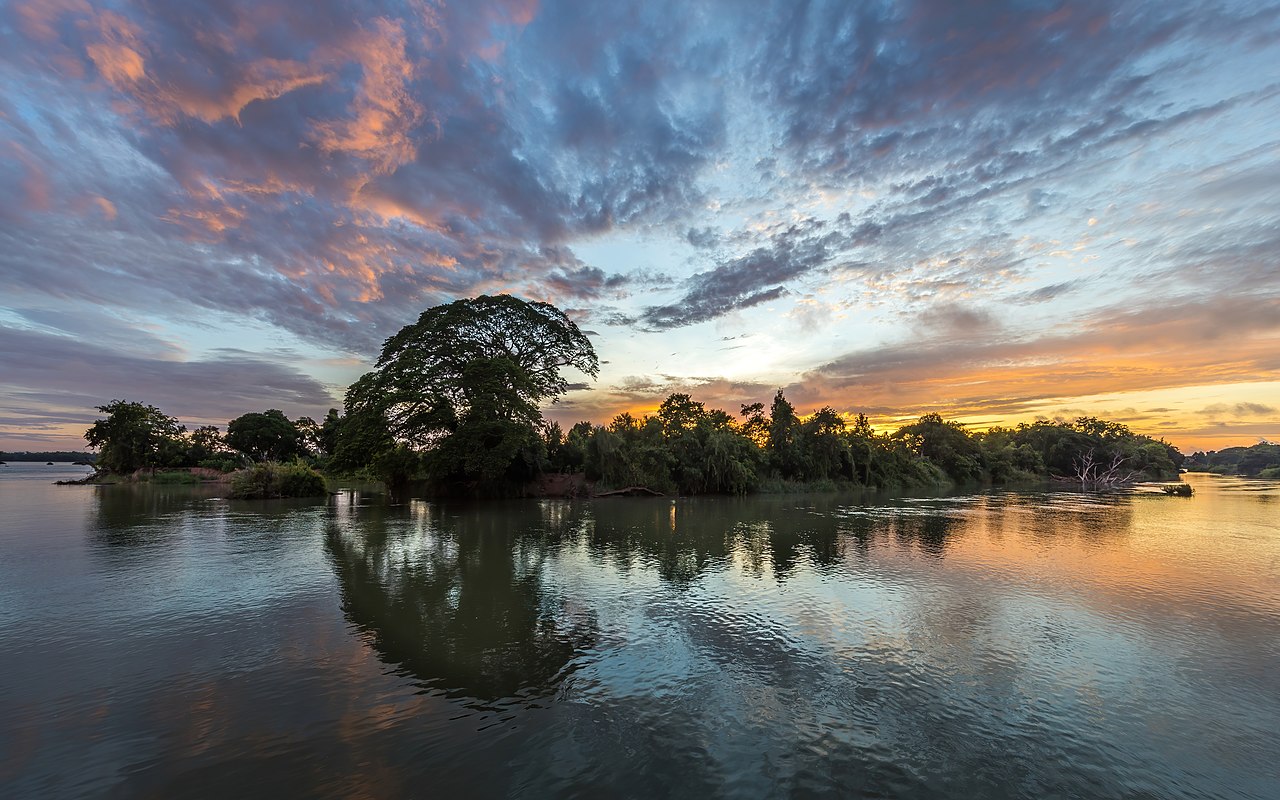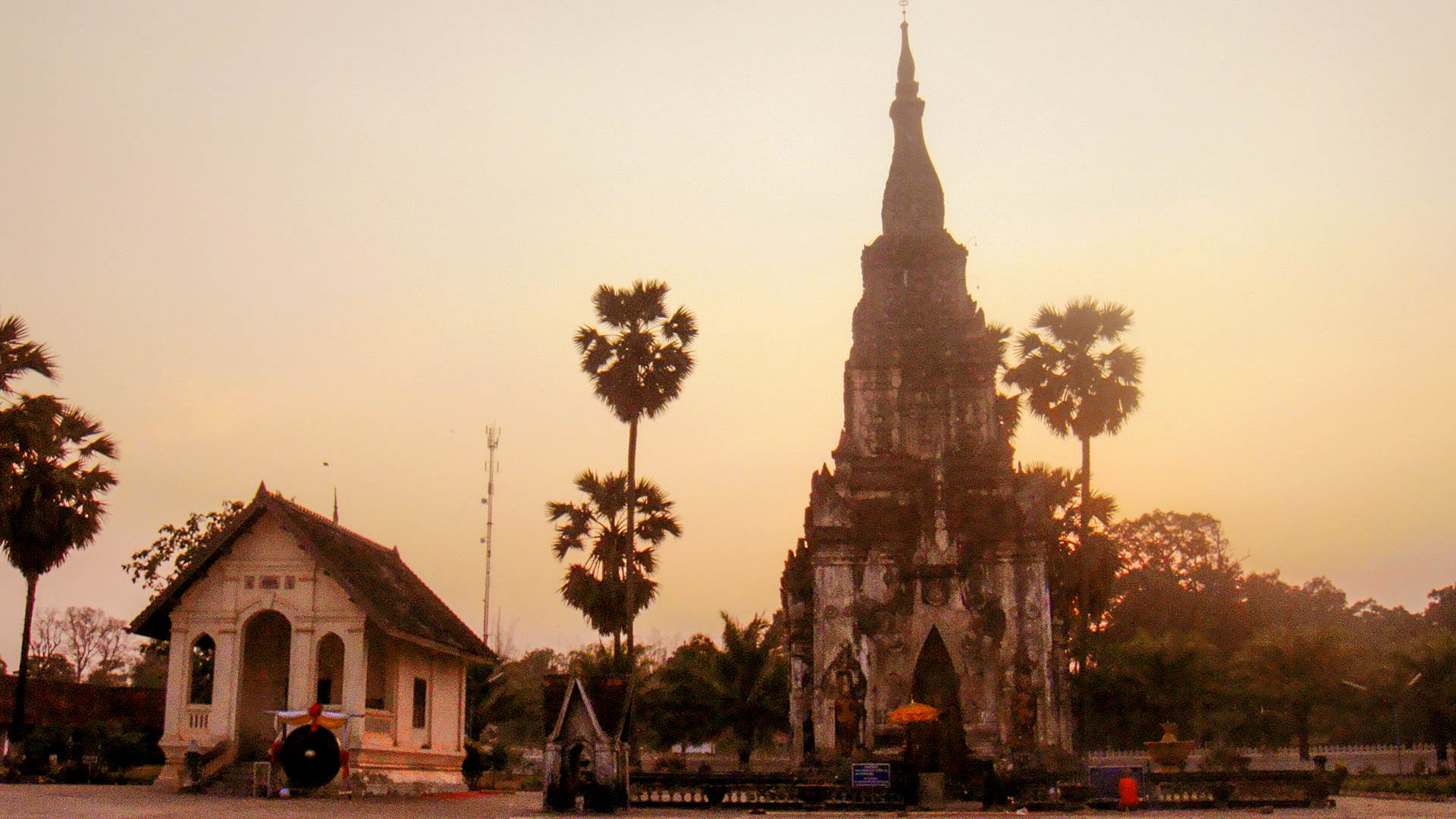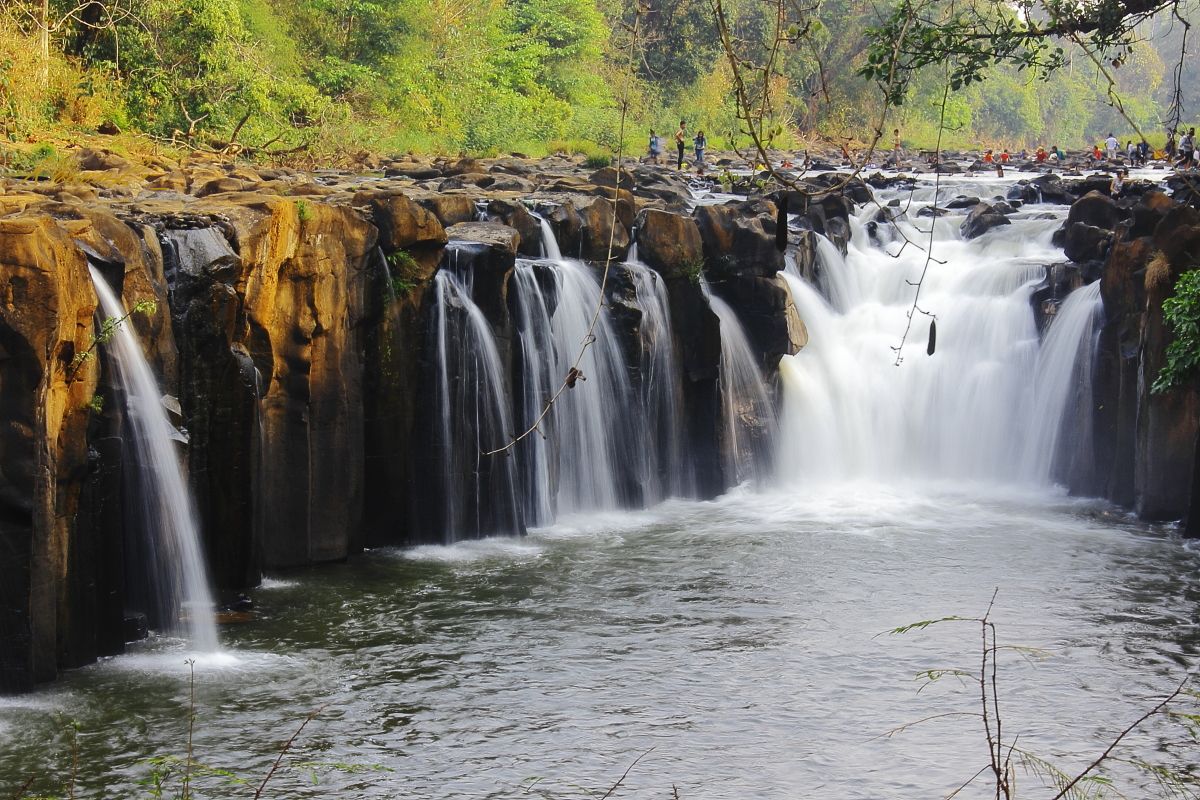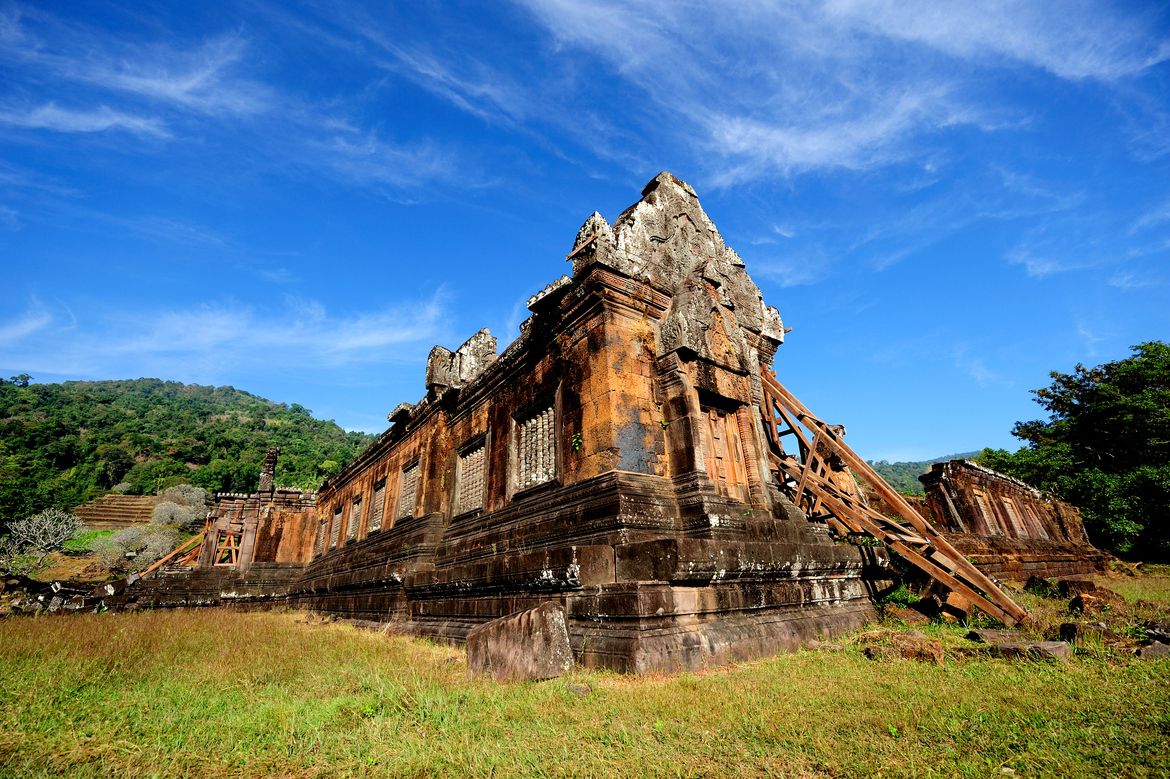Testimonials
Tour destinations
Southern of Laos

The Mekong is the main southern Lao attraction, exhibiting the Vat Phou World Heritage site and French colonial infrastructure. Raging rapids roar through the 4,000 Islands, and waterfalls leap from the Bolaven Plateau, while weavers work the looms in ethnic villages. Further into the jungle and up mountains leads to the Ho Chi Minh Trail and remnants of war.
DESTINATIONS
Done Det & Done Khone (4000 Islands)Si Phan Don
Laos is known for not having a coastline so it may sound strange to hear that it is the home of the Si Phan Don Islands which means ‘Four Thousand Islands’ in Lao.
The islands are caused by the Mekong River dispersing close to the border between Laos and Cambodia which has created these amazing little islets.

There are different size of the islands, offering multiple choice as your interest, such as some of the larger islands like Done Khone and Done Det are bustle, more exciting nightlife and a wider range of accommodation options. Meanwhile, small peaceful island like Don Khong is place for you to get away of busy world.
Savanakhet
'Savannakhet' translates roughly to 'Golden Land', and it was historically touted as the place to find the 'best of the best' in Laos Not being noticed due to not conveniently location, about 240 kilometres west of the Dansavanh-Lao Bao border crossing with Vietnam, and five kilometres south of the second Thai-Lao Friendship Bridge but with its charming old town, great local food, picturesque Mekong riverfront, classic leftover from the French colonial and unique nature….Savannakhet is well worth a few days.

Quiet streets are lined with old and picturesque 100+ year old buildings, constructed during the town's heyday as a French trading outpost. Wandering around you'll still find the occasional trader's house of both French and Chinese merchants, who settled in Savannakhet before as their home. The outlying province is home to large swathes of forest and three NBCAs (Natural Biodiversity Conservation Areas), making Savannakhet a budding centre of Lao ecotourism. A range of trekking and mountain biking trips can be arranged at the eco-guide centre just south of Saint Theresa Church in the old town.
Salavan
Salavan is a frontier town, it’s hot, dusty, sleepy, with pretty much nothing to offer the casual visitor except for wide, open spaces and quaint rural scenery.
Although it's home to spectacular mountain scenery, waterfalls and a diverse array of ethnic groups, much of this is currently inaccessible except for the most intrepid and resourceful of travellers.

It says a lot about the province that, although its same-named capital city lies roughly at the centre, the road leading to it from Pakse, 125 kilometres away
But it's exactly that feeling of being on the edge of a wilderness that gives Salavan its mystique and also assures that for the time being, it will only show up on the travel itineraries of those seeking an off-the-beaten track adventure. If tourism throughout the province opens up, then this will be a crucial base of operations, but until then, it remains a sleeping town.
The hinterlands giving onto the border with Vietnam hosts hundreds of ethnic minority villages, many with their own distinct language and culture, whose lives have been shaped over the centuries by the tortured history of the region. But whatever travel adventures await there remain locked-up by the lack of roads, so unless you plan to walk, othereise, the region is currently quite impossible to access.
Pakse Highlights
Pakse is the provincial capital of Champasak and is one of the most Thai-like towns in all of Laos. Located at the confluence of the Se Don and Mekong Rivers, this city is at the crossroad of the main touristic sites in the South of Laos, make it becomes a gateway.
Pakse doesn't measure up to the splendour of Luang Prabang, but nevertheless it has a definite charm, some beautiful temple (wats) and two gorgeous rivers -- great for relaxing by the waterside and watching the sun smoulder into the horizon.

The province is best known for the spectacular Khmer ruins at Wat Phu and the stunning cluster of islands near the Cambodian border known as Si Phan Don (4,000 Islands). You'll also find stunning waterfalls rimming the Bolaven Plateau, and you'll get a glimpse into authentic, traditional Laotian life on the island of Don Daeng near Champasak town, making a tour of the region well worth the extra effort.
The Bolaven Plateau
The plateau rising over 1500 meters above sea level, has a cool climate, typical for the culture, the nature and the traditions of southern Laos. It is covering four provinces: Salavan, Sekong, Attapeu and mainly Champassak.
This region is famous for ethnic diversity: Laven, Katou, Kaleun, Nge, Alak, Souy, that are the most represented in the plateau.

It was at first the French colons who exploited the plateau by planting banana trees and coffee plants in the beginning of the 20th century. Nowadays, around 20,000 tons of coffee are produced each year. Coffee beans from the Bolaven Plateau are well known among coffee lovers around the world.
Beside, this area is also home of beautiful waterfall and elephant, that will enrich your visiting.
RECOMMEND ATTRACTIONS
- Visit the temple of Wat Phou, ancestor of Angkor (World Heritage Site since 2001)
- The fortress-temple of Phou Assa, to which you get by elephant riding or trekking,
- Explore the Bolaven Plateau, production site of the Lao coffee and tea, fruits and vegetable, hosting more than 20 ethnic minorities in sumptuous landscapes of tropical jungle,
- Visit silk weaving villages,
- The Buddha statues stone carvers’ village,
- The wood carvers, following an old Oceanian tradition and culture from their ancestors,
- Experience the 4.000 islands and the well-known Khone Phapheng waterfall,
- Discover plenty other local destinations, some of them being naturally attractive, the others from man’s hand.





















